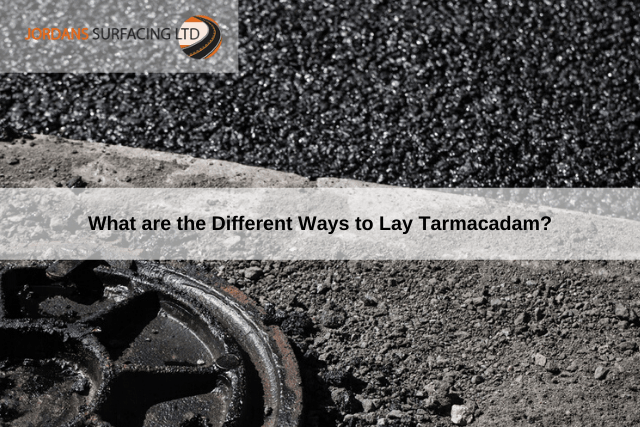Tarmacadam (tarmac) is one of the most common materials used to create driveways and car parks. Not only will you be provided with an extremely hard-wearing surface, but this substance is associated with a uniform and attractive appearance. Let us look at some of the main techniques which are employed when tarmac is applied.
Hand-Laid Methods
This is the most common technique when resurfacing a drive due to the fact that you are dealing with a relatively small area.
Laying tarmac by hand also provides you with a significant amount of control; important when dealing with challenging areas such as crevasses or tight angles.
Machine-Laid Approaches
There are naturally times when manual techniques are not suitable; specifically when dealing with larger areas. This is why car park resurfacing will often involve the use of a paving machine.
The tarmacadam will first be delivered by an insulated truck before being placed into the paving unit. The machine then spreads the tarmac down in an even layer. It may require multiple passes in order to tackle parking lots and similar locations.
The Use of a Roller
In either of these scenarios, it is common to utilise a weighted roller once the tarmac has been applied. Some units can be operated by hand (walk-behind configurations) while larger ones will offer ride-on options.
The main intention is to compress the surface to the point where it is uniformly compacted. Once the area in question has been allowed to dry (24 hours is normally recommended), it can be used as intended.
These are some of the ways in which tarmacadam is used to create driveways, parking lots and even roads. If you happen to be dealing with a larger project, it is always best to speak with the professionals at Jordans Surfacing in order to schedule a consultation.

